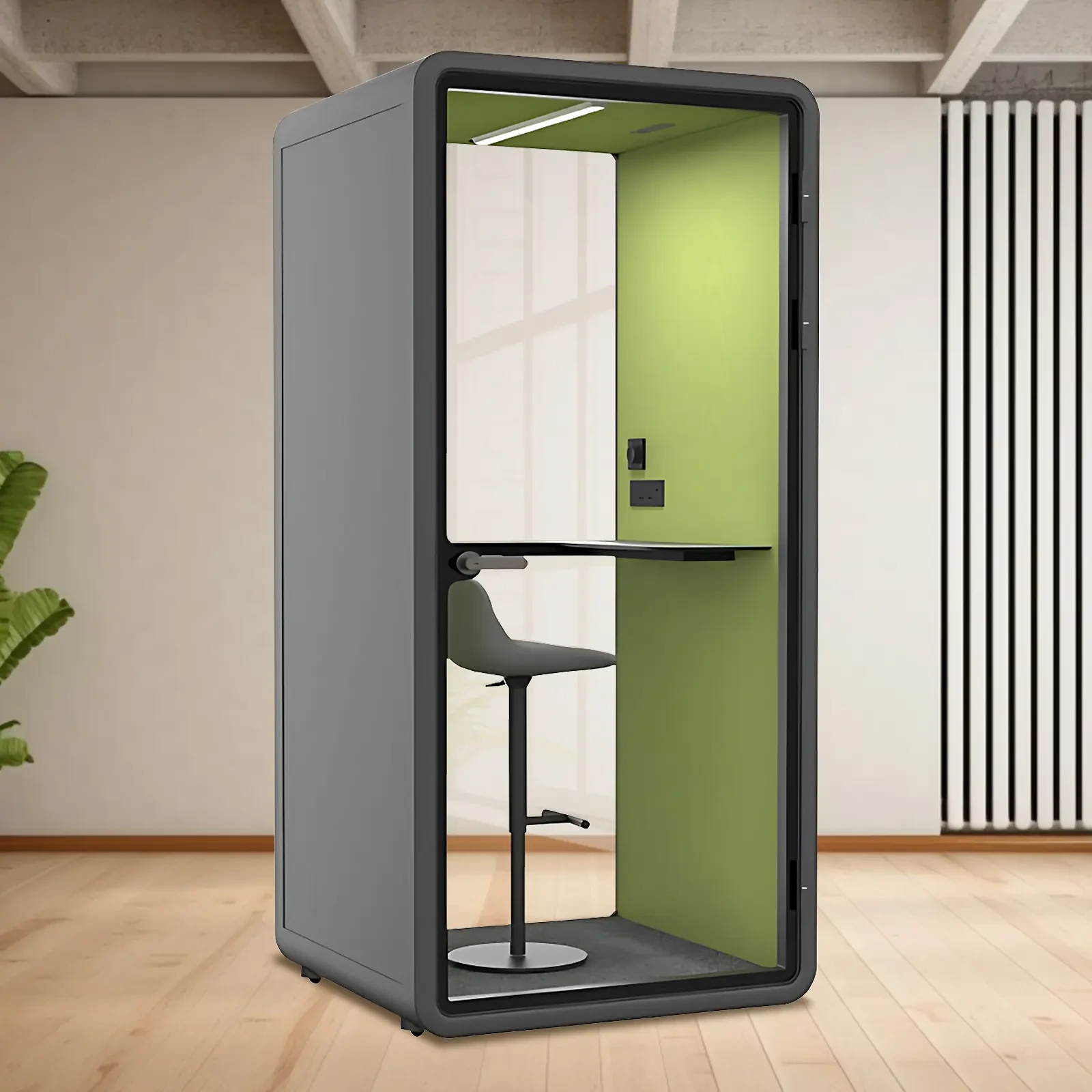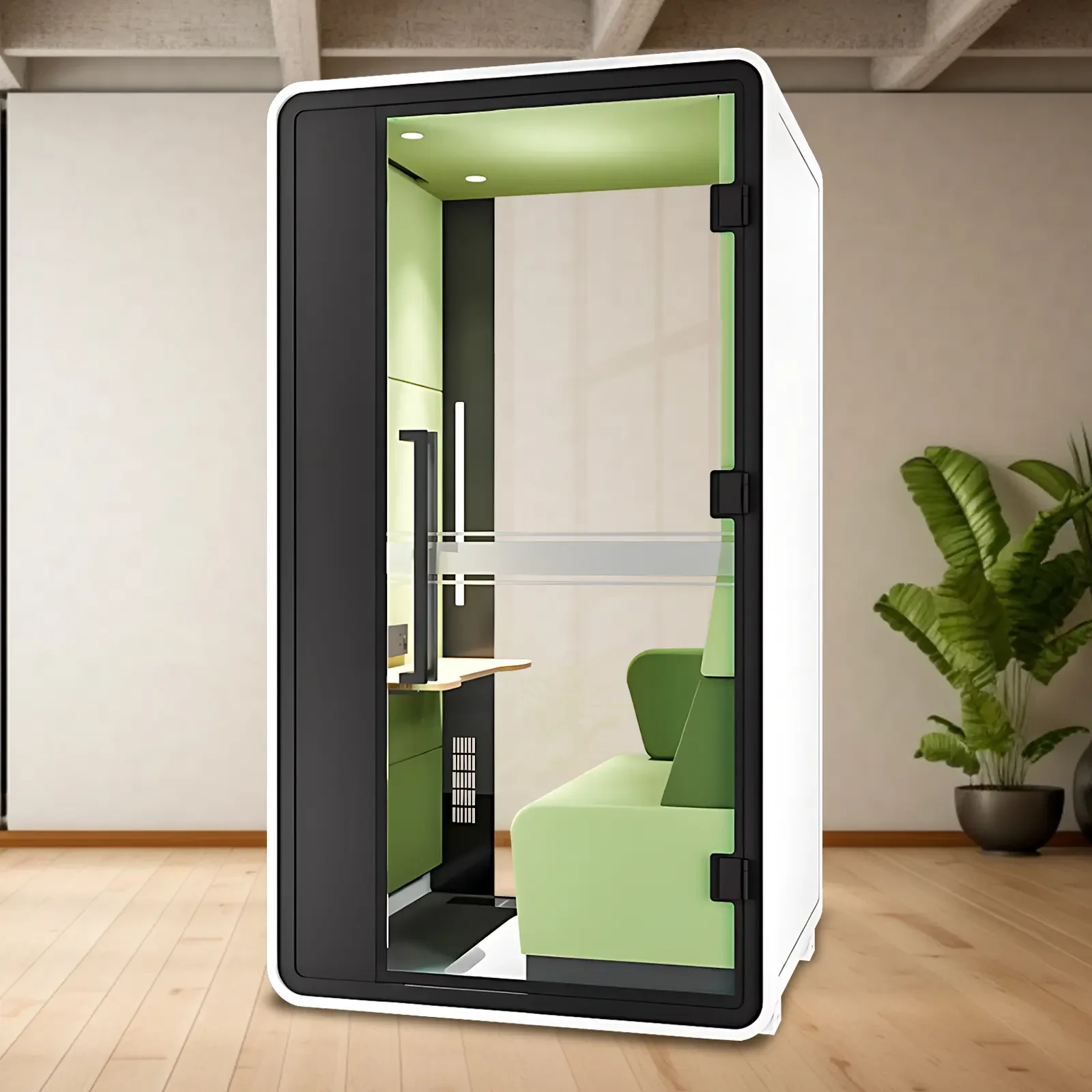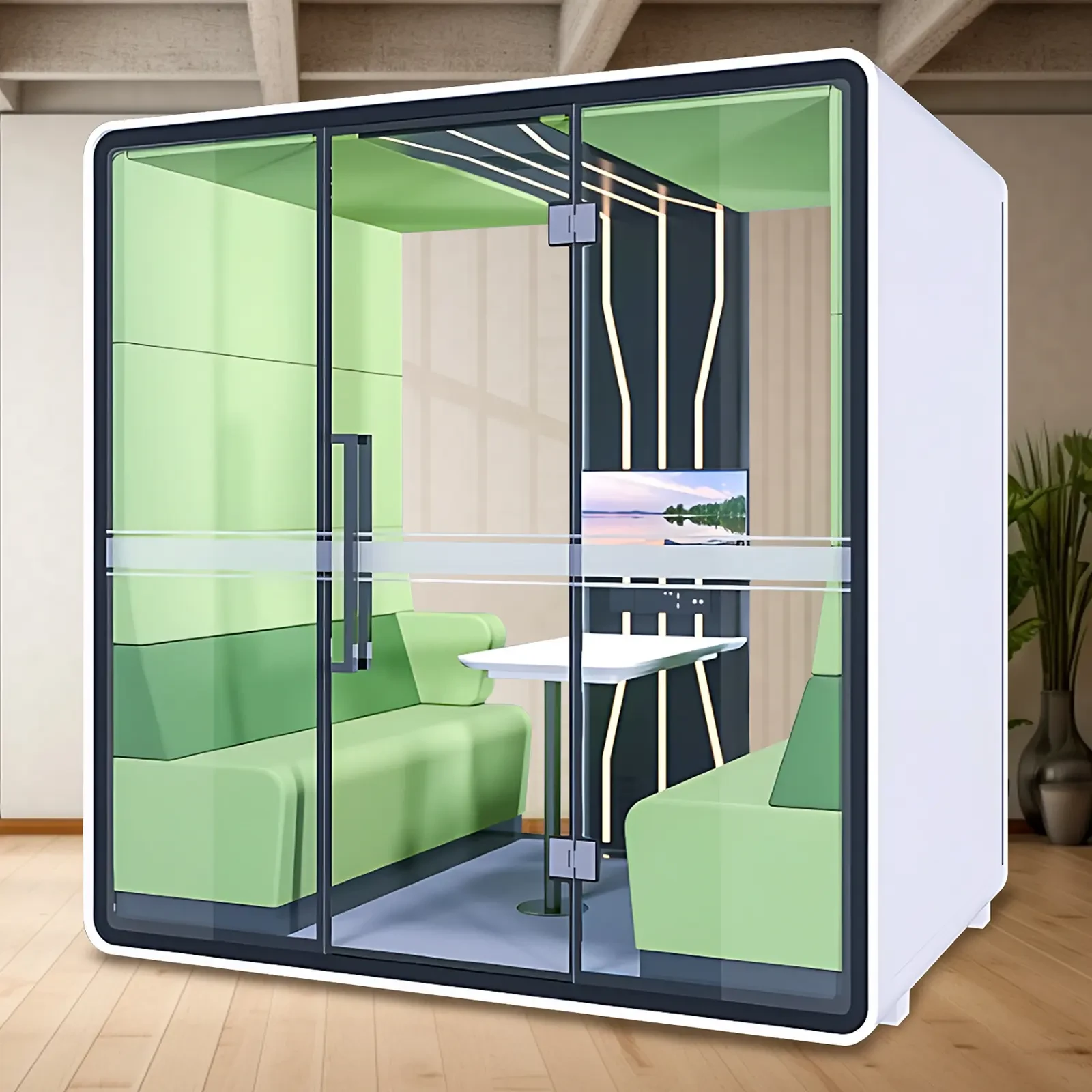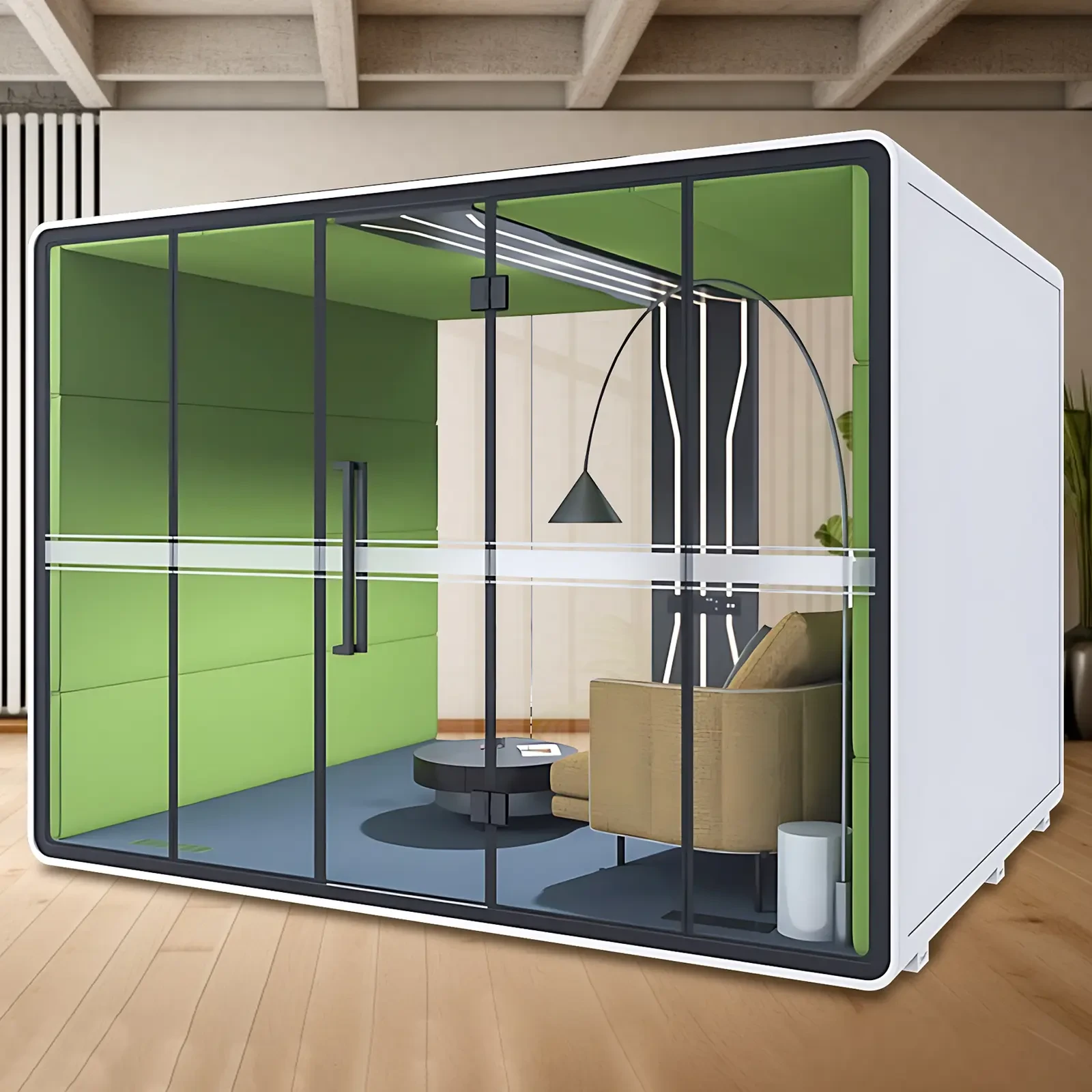A silent cabin is a room designed to reduce noise and is commonly used in industries such as business, education, vocal music, and new media.
How a Silent Cabin Fresh Air System Works:
The fresh air system in a silent cabin primarily provides fresh air to the cabin, maintaining cabin air quality and passenger health and comfort. Its operation generally involves the following steps:
1. Air Intake: The fresh air system draws outside air into the silent cabin through external vents or ventilation ducts.
2. Filtration: The incoming air undergoes multiple layers of filtration to remove impurities and contaminants such as dust, bacteria, and viruses, ensuring cleanliness and health.
3. Heating or Cooling: Depending on the cabin environment, the fresh air system heats or cools the incoming air to a suitable temperature range.
4. Air Supply: The treated fresh air is then delivered to the silent cabin, maintaining air circulation and freshness.
5. Recirculation: Cabin air also requires recirculation. Through the cabin air recirculation system, cabin air is filtered, heated, or cooled, and then returned to the cabin to maintain stable cabin air quality and temperature.
6. Exhaust: Simultaneously, the fresh air system also removes exhaust air from the cabin to prevent secondary contamination.
In summary, the silent cabin fresh air system, through multiple steps including air intake, filtration, temperature control, air supply, recirculation, and exhaust, ensures that cabin air remains fresh, clean, and comfortable, ensuring passenger health and comfort.

 USD
USD
 GBP
GBP
 EUR
EUR






